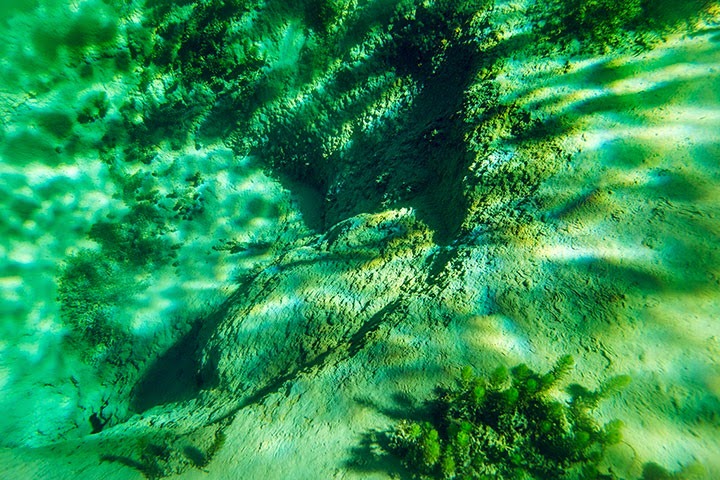China’s Tianmen Shan also famous
with “The Heaven's Gate” Mountain in Hunan province is named after an unbelievable
cave natural arch eroded through the karst syncline. The Heaven’s Gate, as the
arch is called, is situated about 8 kilometers south of the city of
Zhangjiajie. The Heaven’s Gate is accessed from Zhangjiajie by what may be the
world's longest passenger cableway at a length of 7.5 kilometers, followed by a
bus ride along an 11 kilometers long winding road with 99 bends called the
“Heaven Linking Avenue” that reaches the top of the mountain. The purpose of
these huts is contested in Chinese legend, looking for to serve either as a
place of rest and worship, or to relax looking out over the world. This wonderful
site, Heaven’s Gate is typically shadowed by blazing sunlight or mystical fog.
From there a set of stairs with
exactly 999 steps take visitor’s right underneath the 130-meters tall and
57-meters wide arch. Tianmen Shan may be distinctive among the world's great
arches in that its formation is recorded in history. Documents from China's
"Three Kingdoms" period report that the full opening formed in one
cataclysmic event when the back of a giant cave collapsed in 263 AD. Which in result, the name of the mountain was changed
from Songliang Shan to Tianmen Shan, which is also one of the very few natural
arches with a precisely known age. In the recent times Tianmen Shan has become
a target for stunt fliers, because of its location adjacent to the Zhangjiajie
airport as well as its large opening. Acrobatic flying teams have flown through
the opening. Tianmen Shan has a span of about 55 meters and a height of about
130 meters. It is really amazing how the Chinese managed to package this entire
place for tourism. A hole is the mountain is now a major RMB/dollar earner.
Anyway, the walk around the mountain and finally the Tianmen Cave, it would
seem to be well worth.
























































